|
Pollution levels shoot up; doctors warn of serious health consequences; activist slams TNPCB for not doing enough Chennai city was on Saturday morning covered by a thick blanket of smog as residents in many areas burnt garbage, old mats and clothes to celebrate Bhogi, the first day of Pongal. The smoke from these fires mixed with the fog and the lack of winds let the smog remain in the ambient air till as late as 9.30 a.m. Many residents suffered from breathing difficulty, cough, sneezing and watery eyes.
Madhavaram resident G. Devarajan, an asthma patient, said he felt breathless due to the thick smoke engulfing his area. “Though there is a lot of awareness among the people about not burning garbage, many still continue to burn old mats and clothes saying it is part of the tradition. I had to take medication for my condition,” he said. Elders, kids at risk Pulmonologist Hisamuddin Papa explained that Saturday’s smoke was very bad and in the long run it can cause problems. “Over a period of time, such smoke and exhaust from vehicles can lead to Chronic Pulmonary Obstructive Disease. People who have lung problems, elders and children are more vulnerable. For those with asthma, these physical particles can trigger an attack. We will get to see patients coming in for a week or ten days with issues,” he said. According to data provided by the Tamil Nadu Pollution Control Board (TNPCB), among the 15 zones of the Chennai Corporation, the Valasaravakkam zone recorded the highest PM10 (particulate matter up to 10 microns) level and it reached 386 microgram/cubic metre. The permissible limit for PM10 is 100 microgram/cubic metre. The TNPCB said that when compared to last year, pollution levels were higher in 13 zones. G. Kumar, a resident of T. Nagar, said that he delayed his morning walk due to the smog. “I also ensured that children stayed indoors. The smell of burning matter hung in the air. It could be sensed even inside homes till late in the day. We do not close the windows since it is pleasant at nights this time of the year. However, by 3 a.m. we had to close them,” he added. Even on pre-Bhogi day, pollution levels were beyond the permissible limit in eight zones. Data obtained from the Central Pollution Control Board National Air quality Index (AQI) of 315 (where 315 is PM2.5 levels measured in microgram/cubic metre) at the continuous monitoring station at Manali, which touched 500 later in the day, which means that the pollution levels would affect even healthy people and seriously impacts those with existing diseases. While the station at the Alandur bus terminus recorded an AQI of 238 and a maximum of 445 microgram/cubic metre where the AQI meant that the smog would lead to breathing discomfort to most people on prolonged exposure; the one at IIT-Madras recorded an AQI of 116 and a maximum of 462 microgram/cubic metre. Too much on Anna Salai An independent air quality monitoring exercise undertaken by Huma Lung Foundation and Health Energy Initiative India at five locations showed that some points including, Kodungaiyur and Anna Salai, recorded PM2.5 over 500 microgram/ cubic metre. Environmental activist Swetha Narayan said the TNPCB has not done much to control the smog on Bhogi day. “Between 2005 and 2010, the Board did massive awareness work and pollution levels were bearable. As a person who has lived here for 14 years, I feel this is the worst Bhogi so far. What happened this year? How much have they spent on monitoring? What action have they taken on violators,” she asked. Flights delayed Thousands of passengers suffered as all flights at the Chennai airport were delayed and 12 of them were diverted due to poor visibility, officials said. The last flight departed from the airport at 3.30 p.m. and after that, the visibility began to dip at the airport. As the visibility was reduced to 50 m and then to almost zero, none of the flights could land or take off after that. Twelve flights, eight international and four domestic were diverted to destinations like Bengaluru and Hyderabad. At 9.30 a.m., Air India's flight from Delhi arrived and one after another others too began to land. As the morning operations came to standstill, the consequential delays of other flights continued till late noon. Few flights to destinations including Pune and Sharjah were cancelled too. Lakshmi Ramnarayan, a passenger from Mumbai who had to arrive from Muscat at 6.30 a.m., came only by 9.30 a.m. “I realised it was a big mistake to have to taken an early morning flight on the day before Pongal. I had a meeting scheduled at 9 a.m. and my clients were waiting for me. It was such an embarrassment. I was frustrated by the time we landed,” she said. Another passenger Reema. S, who had to go to Kochi was disappointed as her flight was cancelled. “I had to attend a friend's wedding in the evening. Now, I am left wondering how to reach Kochi,” she added. Regular updates on the quality of air in Chennai city with health advisories. Greenpeace has calculated that India now lost 1.2 million lives in 2015 to air pollution. Between 2010 and 2015, it is estimated that the air pollution in India rose by 13%. Another 2017 report states that India, along with Bangladesh, has seen the steepest increase in air pollution levels since 2010. As Mint has reported here, the Global Burden of Disease report, which analysed 25 years of data, estimated that China and India suffered 52% of the 4.2 million deaths which occurred due to PM25 (particulate matter with a diameter of 2.5 micron).
However, in popular public discourse, the burden of India’s worsening air pollution levels has been shouldered by one city: Delhi. What about other cities in India? The News Minute intends to give its readers regular updates on the quality of air in other cities of the country, and we are starting with Chennai. With the help of Huma Lung Foundation, and data from Central Pollution Control Board, we will provide you with regular air quality updates and health advisories. (Source of Data: National Air Quality Index Health Advisories From Huma Lung Foundation) Here are the latest updates of the Air Quality Index (PM2.5) from different locations in Chennai: Update Time: 7pm, January 14 Location: Alandur Bus Depot AQI: 152 (Hazardous) Location: IIT Madras AQI: 96 (Unhealthy) Location: Manali AQI: 194 (Hazardous)
As many as 18 arriving flights were diverted to Bengaluru and Hyderabad airports.
Chennai: Flight services in and out of Chennai suffered on Saturday following a thick cover of smoke due to 'Bhogi' festival celebrations, airport officials said.
Between 4-8 am, both the incoming and the outgoing air traffic suffered. Flight services resumed after 9 am.
As many as 18 arriving flights were diverted to Bengaluru and Hyderabad airports. They flew in from various destinations such as Kuwait, Sharjah and Delhi.
No flights took off during this period, resulting in delays and scores of passengers waiting at the airport. A report on NDTV quoted a senior officer at the airport saying, “The visibility has dipped to 50 metres and since 3:30 am we have no flight activity. We hope there would be interested in an hour once breeze sets in clearing the air."
Bhogi, celebrated ahead of the Tamil harvest festival Pongal on Sunday, involves burning of old articles in a symbolic gesture of bidding adieu to the old and welcoming the new.
The celebrations started on Saturday morning with people setting bonfires on the streets with agricultural and household waste. Bonfires made using mats, paper, clothes and cardboard boxes dotted the streets of Chennai from as early as four on Saturday morning. Meanwhile, motorists plied their vehicles with their headlights on following the smoke cover which descended on the city and its neighbourhoods. The government launches regular awareness campaigns ahead of Bhogi, aimed at smoke-free celebrations of the day. Over the last ten years, the pollution control board in Tamil Nadu has been generating awareness ahead of Pongal, asking people to avoid burning materials. UPDATES ON THE QUALITY OF AIR IN CHENNAI CITY WITH HEALTH ADVISORIES. Greenpeace has calculated that India now lost 1.2 million lives in 2015 to air pollution. Between 2010 and 2015, it is estimated that the air pollution in India rose by 13%. Another 2017 report states that India, along with Bangladesh, has seen the steepest increase in air pollution levels since 2010. As Mint has reported here, the Global Burden of Disease report, which analysed 25 years of data, estimated that China and India suffered 52% of the 4.2 million deaths which occurred due to PM25 (particulate matter with a diameter of 2.5 micron).
However, in popular public discourse, the burden of India’s worsening air pollution levels has been shouldered by one city: Delhi. What about other cities in India? The News Minute intends to give its readers regular updates on the quality of air in other cities of the country, and we are starting with Chennai. With the help of Huma Lung Foundation, and data from Central Pollution Control Board, we will provide you with regular air quality updates and health advisories. (Source of Data: National Air Quality Index Health Advisories From Huma Lung Foundation) Here are the latest updates of the Air Quality Index (PM2.5) from different locations in Chennai Update Time: 11am, December 11 Location: Alandur Bus Depot AQI: 173 (Hazardous) Location: IIT Madras AQI: 115 (Unhealthy) Location: Manali AQI: 113 (Unhealthy) REGULAR UPDATES ON THE QUALITY OF AIR IN CHENNAI CITY WITH HEALTH ADVISORIES. Greenpeace has calculated that India now lost 1.2 million lives in 2015 to air pollution. Between 2010 and 2015, it is estimated that the air pollution in India rose by 13%. Another 2017 report states that India, along with Bangladesh, has seen the steepest increase in air pollution levels since 2010. As Mint has reported here, the Global Burden of Disease report, which analysed 25 years of data, estimated that China and India suffered 52% of the 4.2 million deaths which occurred due to PM25 (particulate matter with a diameter of 2.5 micron).
However, in popular public discourse, the burden of India’s worsening air pollution levels has been shouldered by one city: Delhi. What about other cities in India? The News Minute intends to give its readers regular updates on the quality of air in other cities of the country, and we are starting with Chennai. With the help of Huma Lung Foundation, and data from Central Pollution Control Board, we will provide you with regular air quality updates and health advisories. (Source of Data: National Air Quality Index Health Advisories From Huma Lung Foundation) Here are the latest updates of the Air Quality Index (PM2.5) from different locations in Chennai Update Time: 7pm, December 8 Location: Alandur Bus Depot AQI: 226 (Hazardous) Location: IIT Madras AQI: 111 (Unhealthy) Location: Manali AQI: 87 (Unhealthy) Workers from the firecracker industry lamented, saying crackers cause pollution only for a week at best, but vehicles pollute 24x7 all 365 days. 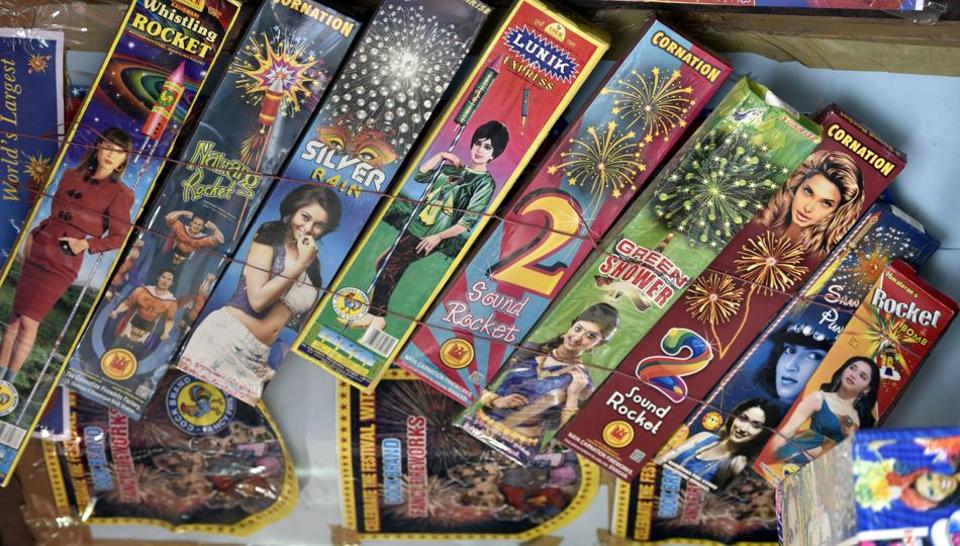 A Supreme Court ban on crackers in Delhi may clean up the capital’s air this Diwali but the decision is likely to choke the livelihoods of lakhs of workers in Tamil Nadu’s fireworks manufacturing hub of Sivakasi that fears a loss of more than Rs 1,000 crore.Fireworks manufacturers in the tiny southern Tamil Nadu town, which accounts for 85% of all crackers sold in the country, say they are worried that other states might emulate the top court order.
“Diwali is the time we make maximum profits and the SC order will completely smash many units,” Asai Thmabi, president of Tamil Nadu Fireworks and Amorces Manufacturers Association, told Hindustan Times. He said there was no time for a review of the top court order as only 10 days remained for Diwali. “We cause pollution only for a week at best, but vehicles pollute the city 24x7 all 365 days. What about that?” Sivakasi has an annual estimated turnover of about Rs 7000 crore and employs more than 300,000 workers directly in the firecracker manufacturing factories. Another 500,000 are engaged in related industries – packaging, printing, paper rolling transportation and the like. “We are worried about loss of jobs and livelihood options for people if firecrackers are banned in other cities too,” added Asai Thambi. Sivakasi has been in the news frequently for its dangerous working conditions, employment of child labour and a rash of accidents in unsafe manufacturing units, but the industry has thrived. “Some NGO or other petitioner can spoil the Diwali of manufacturers by filing a petition in any court, citing the SC ban seek a similar order to prevent noise pollution and environmental pollution,” the Sivakasi manufacturers association said. G Sivaraman, another small manufacturer, said that Diwali celebrations were part of the tradition and culture of people. “How can the court disregard the fact that stopping use of firecrackers would hurt the sentiments of many people?” he asked. Accidents in Sivakasi: September 5, 2012: Explosion in an unlicensed factory kills 52 people and injures 70. September 12, 2012: Explosion in small factory kills 3. May 15, 2013: Three people die and 13 get injured in a blaze that rips through a private fireworks factory after an accidental explosion. April 28, 2013: Eight people killed in an explosion in a firecracker factory. May 23, 2014: Three people die in a fire at a cracker unit. October 20, 2016: Eight killed in accidental fire at a firecracker factory. December 2, 2016: Eight patients at a scanning centre in Sivakasi die after a neighbouring firecracker unit catches fire. Thick fumes engulf the centre and choke the victims. |
follow our updatesCategories
All
|
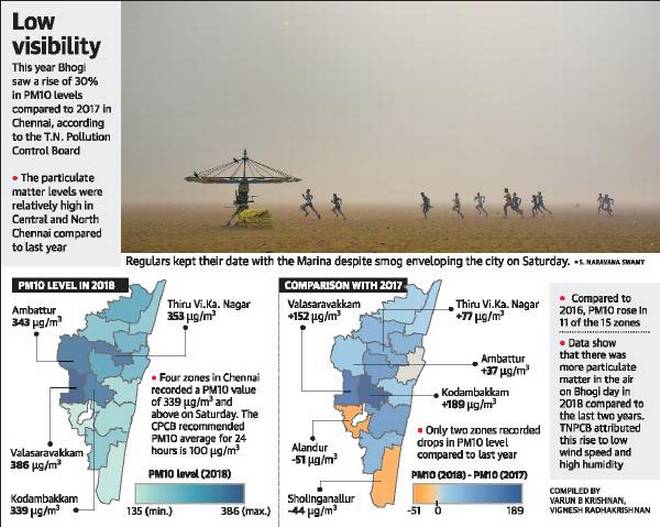
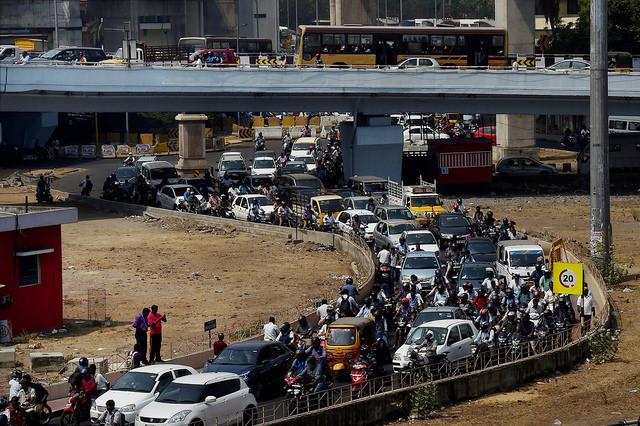
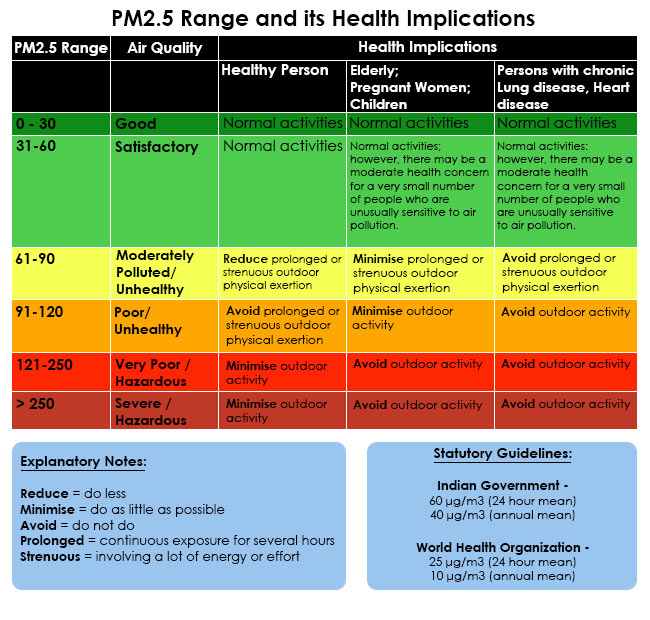
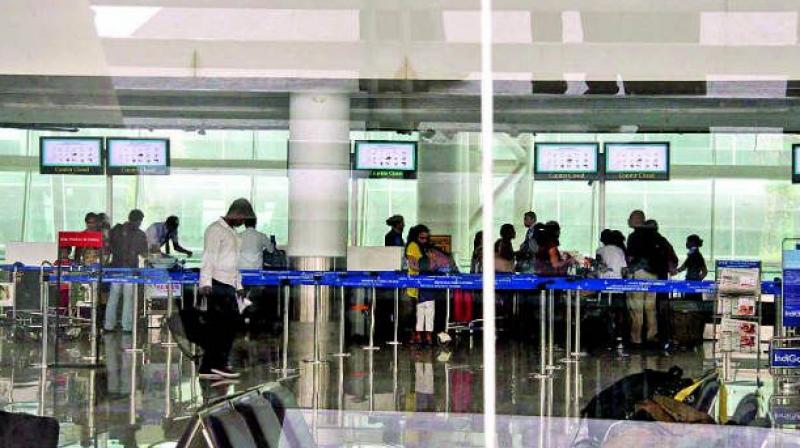
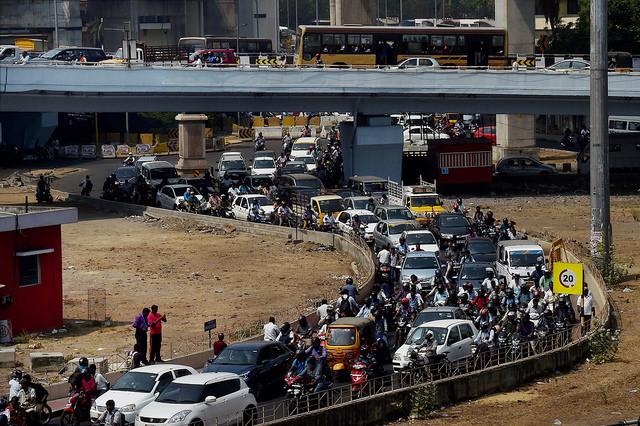
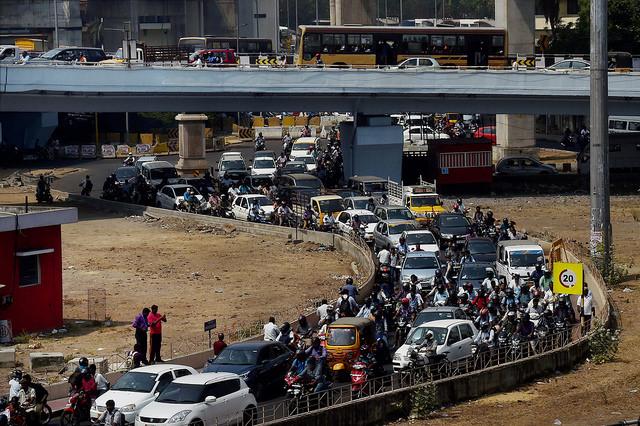
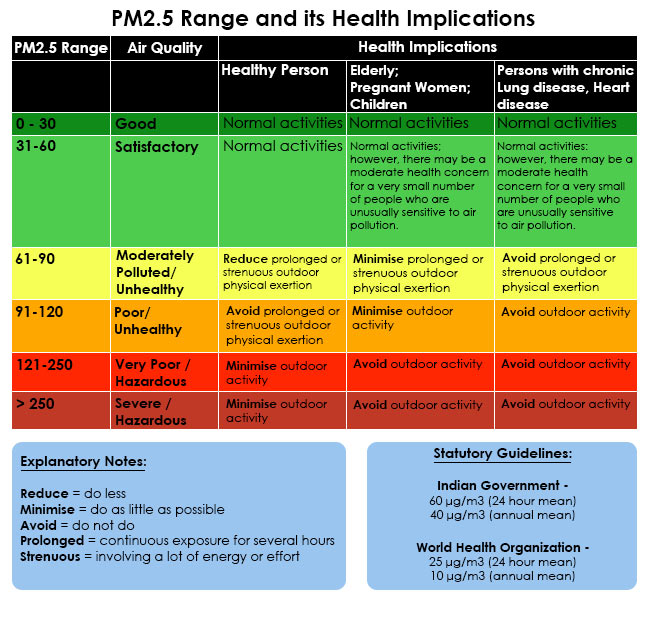
 RSS Feed
RSS Feed
